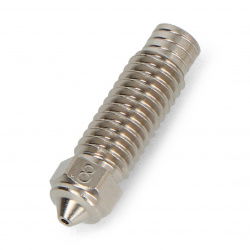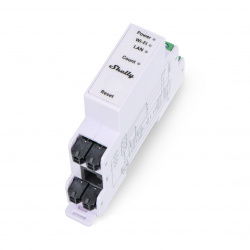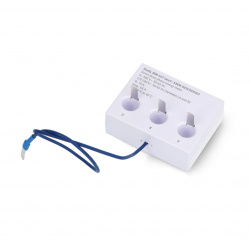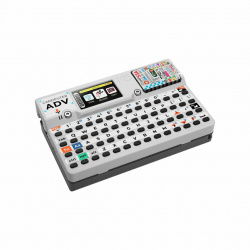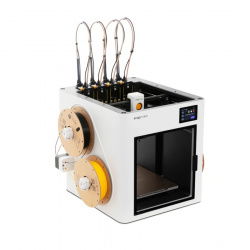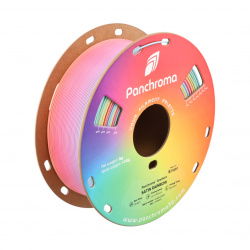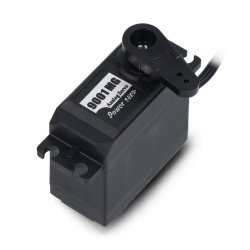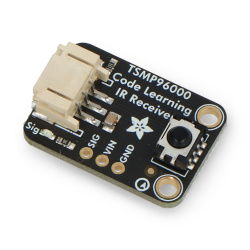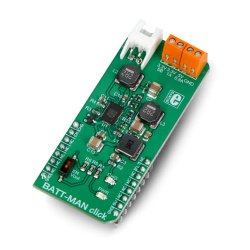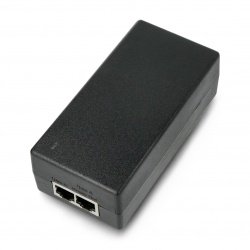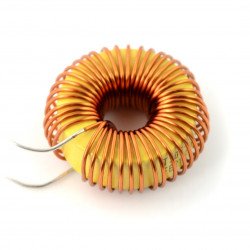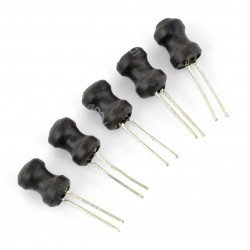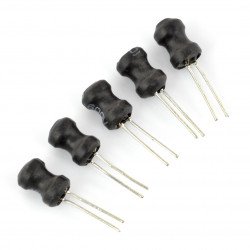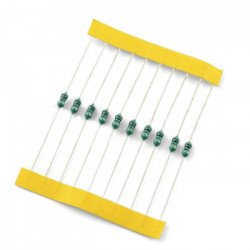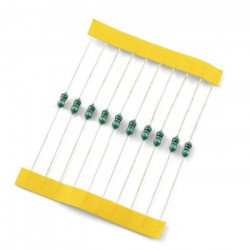How do chokes work?
Induction chokes are devices that work against interference by acting as a filter. The coil is placed in the circuit in the same way as a resistor - in series. Combined with the appropriate capacitor system, chokes can be an excellent filter that removes variable noise from the current while leaving the constant voltage signal intact. The operation of capacitors and chokes is very similar from an electronics perspective - in both cases, after the power supply is cut off, the current will remain for a while. The difference is that after a sudden disconnection of current, the capacitor will release some of its "reserves" (principle similar to a buffer or retention tank), while the coil will generate current (current flow) for a short while, similarly to a flywheel after stopping the drive.
Coil or choke?
In electronics jargon, the terms coil and choke can be used interchangeably, but it is worth knowing what this means and how the nomenclature should be used correctly. The coil is an inductive component - but when it is part of the filtering system, it becomes a choke.
The coil is an element that should be familiar to virtually everyone who has taken physics classes in school. Everyone has certainly seen (at least in a book) a wire choke (wire coil), i.e. a core of ferromagnetic material (or even air) wrapped in wire. Individual coils differ in their inductance expressed in henries (H), but it is also worth paying attention to their resistance.
Due to their high degree of resistance, capacitors are installed in parallel in the circuit, while coils are installed in series. They constitute a relatively small obstacle for DC voltage, but for AC voltage they become "harder" to overcome - this is a desirable phenomenon. Moreover, in the passive components category you can also include not only coils, but also fuses , capacitors , magnets and many others.
Induction choke - Wide selection. What we offer?
Our product range includes a wide selection of different types of coils - these include axial chokes (legs on two opposite ends of a component similar to THT resistors) and vertical chokes (two legs coming from one end of the component). Wire chokes and SMD wire chokes are also available. All of these components can act as anti-interference chokes. The inductance values of individual models range from 4.7 μH to 1 mH , the minimum resistance is 0.059 Ω, and the permissible current is from 0.4 mA to 5A. Individual coils differ in inductance, maximum current and voltage filtering ability. Only coils from proven suppliers or directly from the manufacturer are available for sale.
































































































































































































































































































































